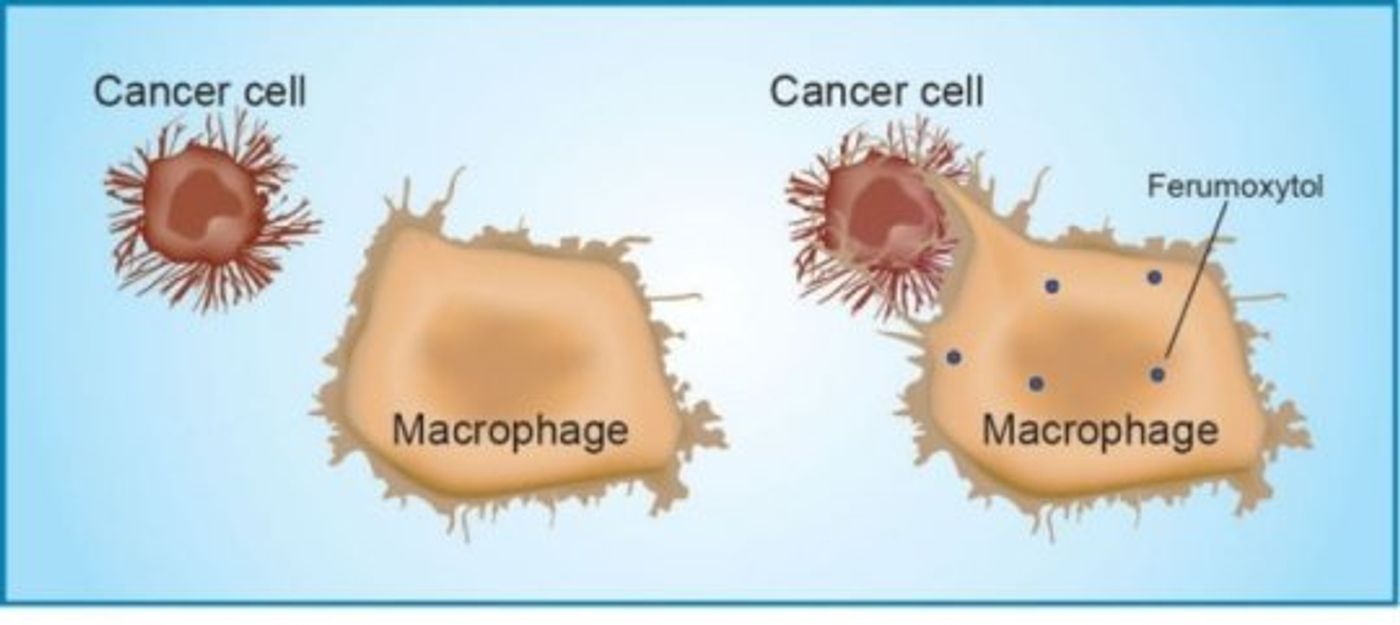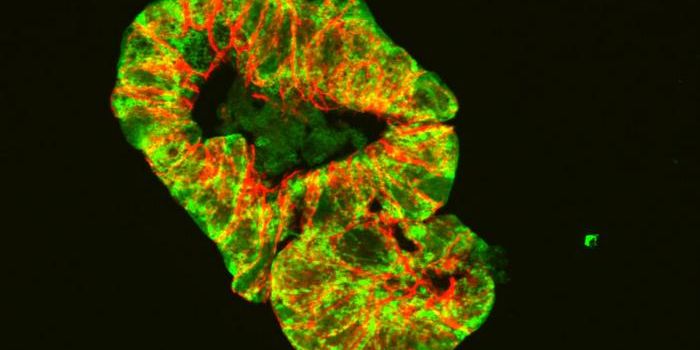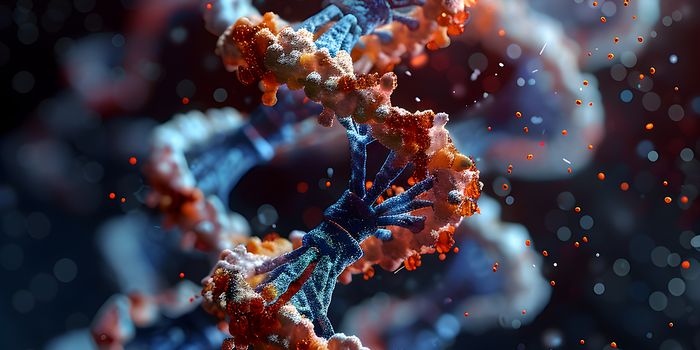Scientists from Stanford University accidentally discovered a new cancer treatment, and it’s got all of the anti-cancer capabilities of chemotherapy without any of the toxic side effects.
Researchers were studying the potential of iron nanoparticles to deliver chemotherapy into mice with tumors when they realized that the nanoparticles alone had anti-cancer properties. The original experimental group of mice received nanoparticles packed with chemotherapy, to be compared to two control groups: mice receiving “empty” nanoparticles with no chemotherapy and mice receiving neither nanoparticles nor chemotherapy.
Their results showed a reduction in tumor growth in mice that received the empty nanoparticles compared to the other control group, and the researchers realized that they had inadvertently discovered anti-cancer properties of iron nanoparticles.
Iron nanoparticles already exist as FDA-approved iron supplements that are commercially available as “ferumoxytol.” They are currently used as an injection to treat iron-deficiency anemia in adults with chronic kidney disease, working to restore iron levels so the body can make more red blood cells. However, as seen in the present study, researchers like senior author Heike Daldrup-Link, MD, are realizing that iron nanoparticles “may have hidden intrinsic effects that we won't appreciate unless we look at the nanoparticles themselves."
After the researchers initially realized the anti-cancer ability of ferumoxytol, they conducted further studies to get a clearer picture of how the nanoparticles were reducing tumor growth. They found that ferumoxytol prompts tumor-associated macrophages (TAMs) to destroy cancer cells in mice, and they believe that it works the same way in human as well.
While TAMs are already designed to contain anti-cancer abilities, but large tumors can inhibit their activity. Iron nanoparticles work by rebooting the ability of TAMs to recognize and attack cancer cells. In fact, without TAMs, nanoparticles would have no anti-cancer qualities.
The researchers continued with studies of mice models of both breast cancer and small-cell lung cancer, proving respectively that one dose of ferumoxytol inhibits tumor growth for up to three weeks and limits metastasis in the liver.
Because ferumoxytol is already approved by the FDA, the transition from animal studies to human clinical trials is likely to be speedier than normal. Ferumoxytol has the potential to complement existing cancer treatments such as immunotherapy, radiation, chemotherapy, and surgery. Plus, since the iron nanoparticles lack the toxic side effects present during chemotherapy, they could be used to treat patients in the vulnerable period after surgery to remove tumor masses.
"We think this could bridge the time when the patient is quite sick after surgery, and help keep the cancer from spreading until they are able to receive chemotherapy," Daldrup-Link said. "If there are some tumor cells left after surgery, it might work to inject iron nanoparticles there, and the smaller tumor seeds could potentially be taken care of by our immune system.”
The study was recently published in the journal
Nature Nanotechnology.
Sources:
Stanford University School of Medicine,
MedlinePlus
Image: Amy Thomas









